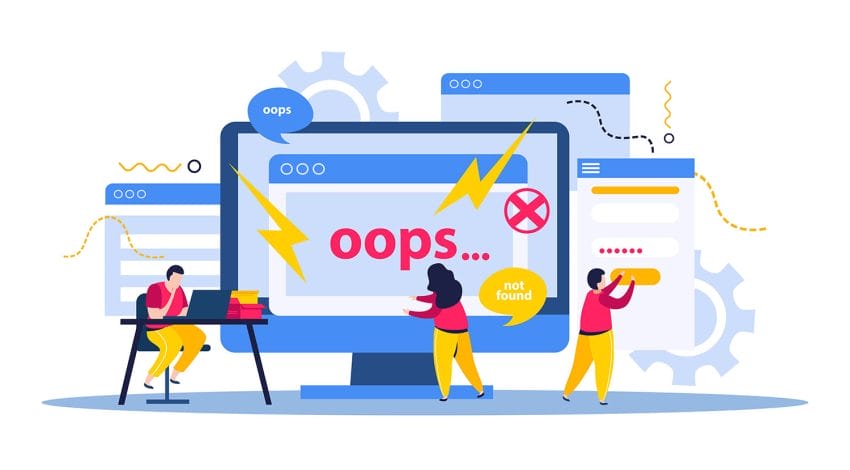Healthcare is confusing, and it’s often needed when we are at our most vulnerable. Despite major improvements in the patient experience over the years, deep chasms remain. And, in my experience, the gaps are often due to faulty healthcare systems managed by well-intentioned people.
Like many healthcare professionals, I’m often involved in helping family members navigate their medical care. Recently, a family member was diagnosed with three brain aneurysms. Because he is treated at a reputable academic medical center, one would expect competent and efficient treatment. Instead, he was told they would handle his appointment for the neurosurgeon. When the appointment was made, he was informed they would see him in three months.
If I was told I have three brain aneurysms, I’d feel like a ticking time bomb and expect a sense of urgency and a quick appointment. In fact, if I were the referring provider, I, too, would expect an appointment within days. As for the neurosurgeon getting a referral like this, he or she should assume the same rapid response.
Connecting Healthcare Systems
The problem is that the handoff process leads to a breakdown in essential, timely care. Chances are good that the referral goes into a contact center that schedules the next available appointment without considering the urgency because a non-medical person is managing time slots without knowledge of triage and priority-setting.
The result is a very unhappy and frightened patient who takes things into their own hands by:
- leaving the system to find a more accommodating specialist
- assuming the “doctor knows best” and waiting it out
- calling the office or going to the portal to beg for more immediate attention
The Solution
Our firm has done several studies on referral leakage to determine the reason for the loss. We continually conduct mystery shopping on appointment access and evaluate patients’ feelings about their experience. Often, the issues come down to broken processes or ineffective systems. Therefore, the result is the patient feeling lost and confused.
Let’s make sure we are holding the patient’s hand throughout the handoffs. Check and double-check processes that might be letting patients fall through the cracks.
Are your systems optimized to create the best possible patient experience? Contact us today to learn how we can help make sure your organization is set for success. Set up a free 30-minute consult today.
Tags: appointment access, appointment scheduling, Patient Experience

